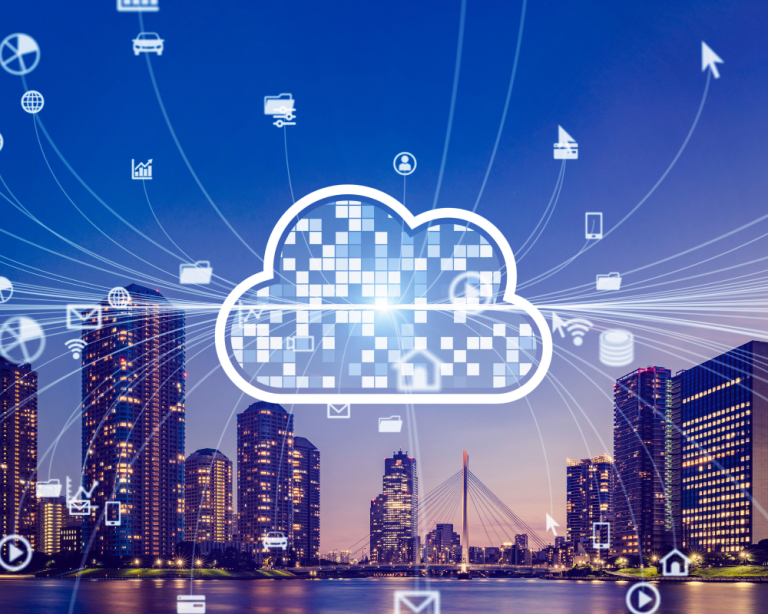
Network Security
Network security is the practice of securing a computer network from unauthorized access or attacks. It includes the use of firewalls, intrusion detection and prevention systems, and virtual private networks (VPNs). The primary goal of network security is to protect a network’s infrastructure, including servers, routers, switches, and other network devices.
Key features of network security:
- Network monitoring and management tools
- Access control and authentication systems
- Data encryption and decryption methods
- Firewall technology
- Regular security audits
Application Security
Application security refers to the measures taken to secure software applications from cyber-attacks. It includes testing the code, identifying vulnerabilities, and ensuring that the application is free from any security flaws. Application security can be implemented at various stages of the software development life cycle, from planning to deployment.
Key features of application security:
- Code review and vulnerability scanning
- Use of secure coding practices
- Implementation of secure authentication and authorization mechanisms
- Regular security testing and update


Information Security
Information security involves the protection of digital information, such as data stored in databases, files, or other repositories. Information security ensures the confidentiality, integrity, and availability of data by protecting it from unauthorized access, disclosure, modification, or destruction. It includes various security measures such as access control, encryption, and backups.
Key features of information security:
- Use of access control mechanisms such as passwords, biometric verification, or two-factor authentication
- Encryption of sensitive data at rest and in transit
- Regular backups of critical data
- Implementation of disaster recovery and business continuity plans
- Monitoring and logging of system and network activity
Cloud Security
Cloud security refers to the protection of data and systems hosted on cloud platforms, such as Amazon Web Services (AWS), Microsoft Azure, and Google Cloud. Cloud security includes a combination of technical and administrative controls that aim to secure data stored in the cloud, as well as the cloud infrastructure itself.
Key features of cloud security:
- Use of secure cloud configurations and virtual private networks
- Implementation of identity and access management controls
- Encryption of data at rest and in transit
- Regular security audits and compliance checks


Internet of Things (IoT) Security
The Internet of Things (IoT) refers to the network of connected devices, such as smartphones, smart homes, and wearables. IoT security involves securing the devices themselves, as well as the network that connects them. As the number of IoT devices increases, so does the risk of cyber-attacks.
Key features of IoT security:
- Implementation of secure communication protocols
- Regular software updates and patches
- Use of strong authentication and access control mechanisms
- Data encryption and integrity checks
Identity and Access Management (IAM)
Identity and Access Management (IAM) is the practice of managing user identities and controlling access to resources within an organization. IAM includes various security measures such as user authentication, authorization, and access control.
Key features of IAM:
- Use of strong authentication mechanisms such as biometric verification or two-factor authentication
- Implementation of role-based access control
- Regular security audits and compliance checks
- Implementation of password policies and regular password updates
